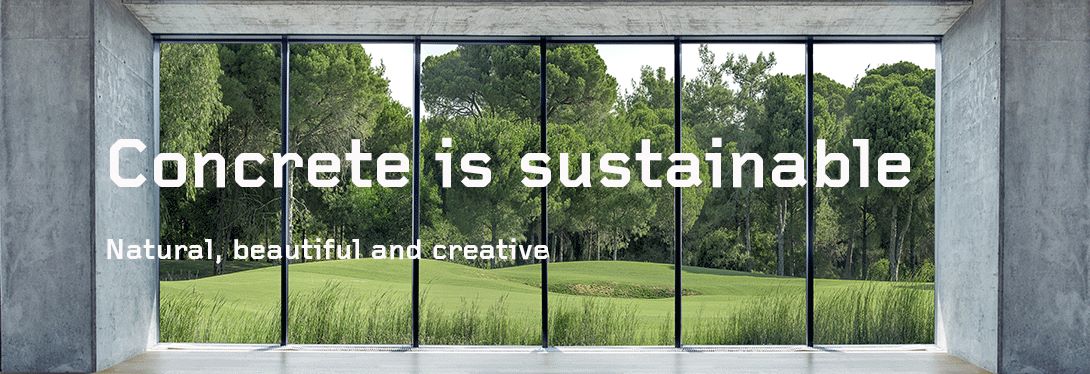Paving the Way: Sustainable Concrete Innovation and its Future
Updated on: April 23, 2024

A material that is always evolving towards a more sustainable future will not allow the modern world to exist without concrete. With increasing concerns about depletion of resources and environmental impact, scientists and engineers have taken the front row in the search for green concrete solutions. It is necessary to take a fresh look at sustainable concrete innovations since they include new materials as well as state-of-the-art manufacturing processes.
Absolute Necessity in Eco-Friendly Concrete:
The production of concrete uses many resources and is one of the major sources of carbon dioxide emissions globally. This product has high carbon content due to how it is manufactured, which makes Portland cement an essential component in traditional concrete mixes. At the same time, this industry destroys habitats and exhausts natural stores when exploiting sand and aggregate.
It has been found that in research on sustainable concrete especially with a view reducing our carbon footprints as communities becomes important at this stage. Since these products lower carbon emission levels, reduce resource consumption, while extending durability; they are referred to as Sustainable Development and Environmental Stewardship.
Sustainable Concrete Innovations: A lot of techniques and technology belong to the dynamic world of sustainable concrete innovation. One encouraging direction is to explore potential cementitious material alternatives or enhancements to Portland cement. Potential benefits of using SCMs such as fly ash, slag, and silica fume in cement include reduced environmental impact and enhanced performance.
Moreover, new binder systems are being examined by researchers; these comprise geopolymers and alkali-activated materials. These systems employ recycled products or industrial wastes to produce long-lasting concrete mixes that are environmentally friendly as well. Furthermore, the utilisation of these novel binders reduces the requirement for traditional cement, which opens up opportunities for recycling and circular economy utilisation.
Besides this, innovations in production methods and concrete mix design are also making concrete production more ecofriendly. By using high-performance concrete formulas with optimised proportions of aggregates, admixtures, and additives you can increase its strength, durability, workability while reducing its environmental weight. Apart from that, concrete building industry is being transformed by digital fabrication and 3D printing technologies which lead to saving of materials and reduction of wastes.
Regarding the future, sustainable concrete has great possibility of changing the sector of construction in the coming years for promoting greener built environment. It is anticipated that there would be an increase in the demand for environmentally friendly concrete solutions as a result of the tightening of regulatory frameworks and the rising environmental consciousness among individuals. To encourage innovations and promote sustainable practices across the entire supply chain in concrete, producers, builders as well as lawmakers will have to collaborate.
Furthermore, due to Research and Development (R&D) investments aimed at efficiency, efficacy and scalability; there will be development in sustainable concrete technology. There are several possibilities within innovative sustainable concrete options including carbon capture and utilization techniques up until biobased concretes.
Finally, if we want a more environmentally friendly building sector then we must adopt innovative approaches towards sustainability in concrete. Utilizing innovative materials, streamlining production processes and approaching design holistically can enable us realize a more sustainable and resilient built environment. When sustainable concrete is considered, it may provide practical solutions for a sustainable future which has given us hope as we face the challenges of the modern world.
Written by :
Mr. Nitin Lamba
Assistant Professor
Department of Civil Engineering
FEAT, SGT University

